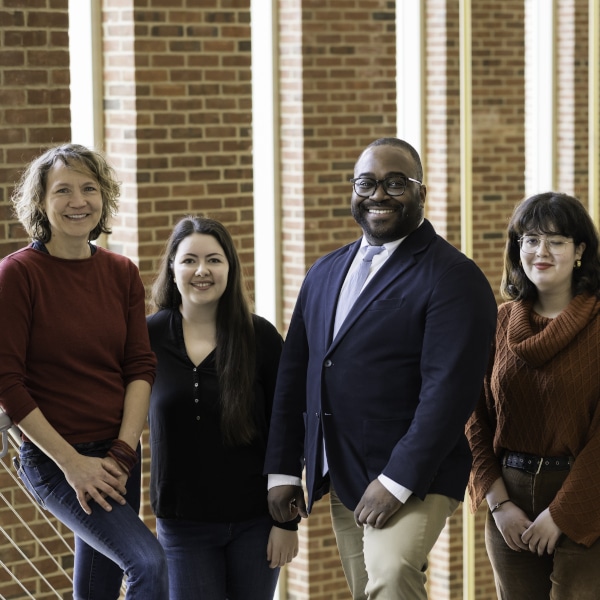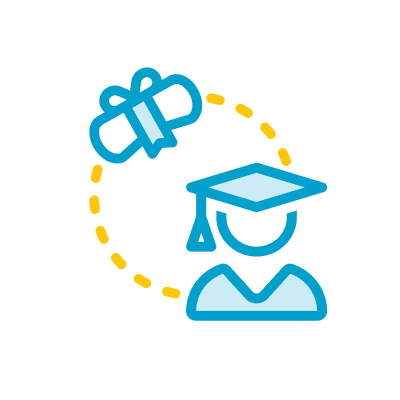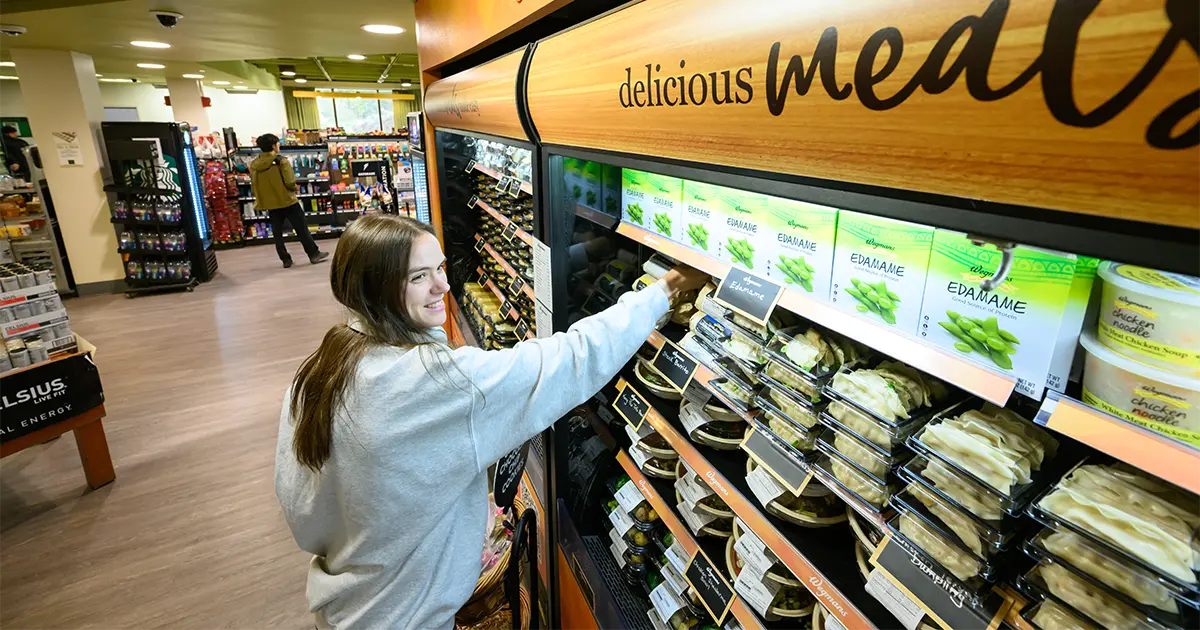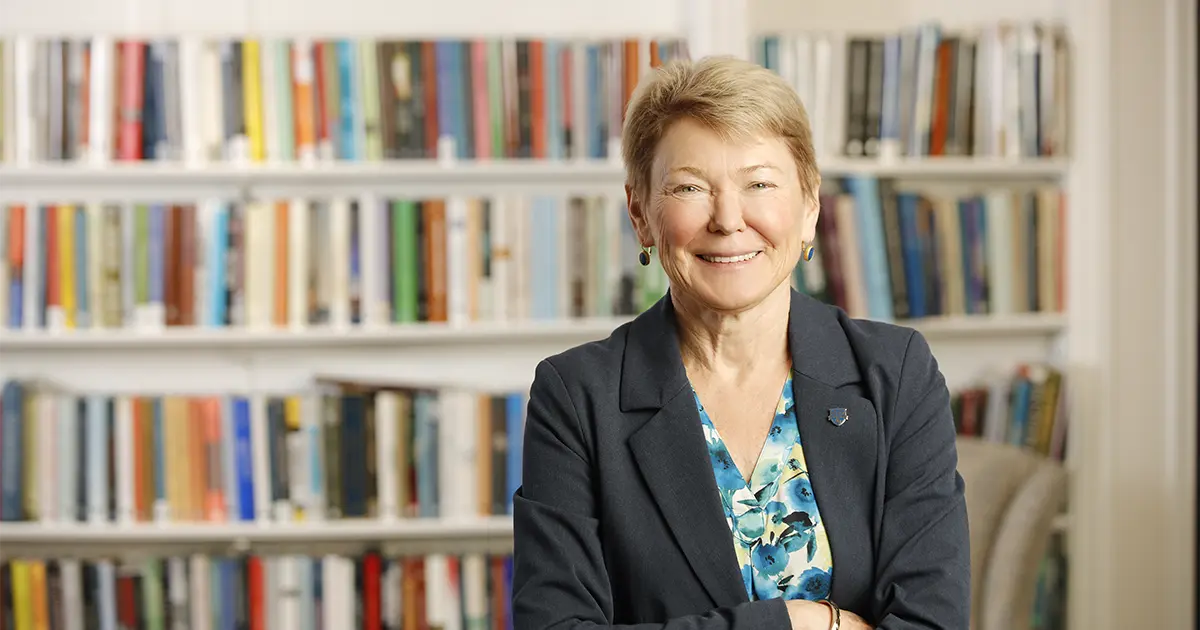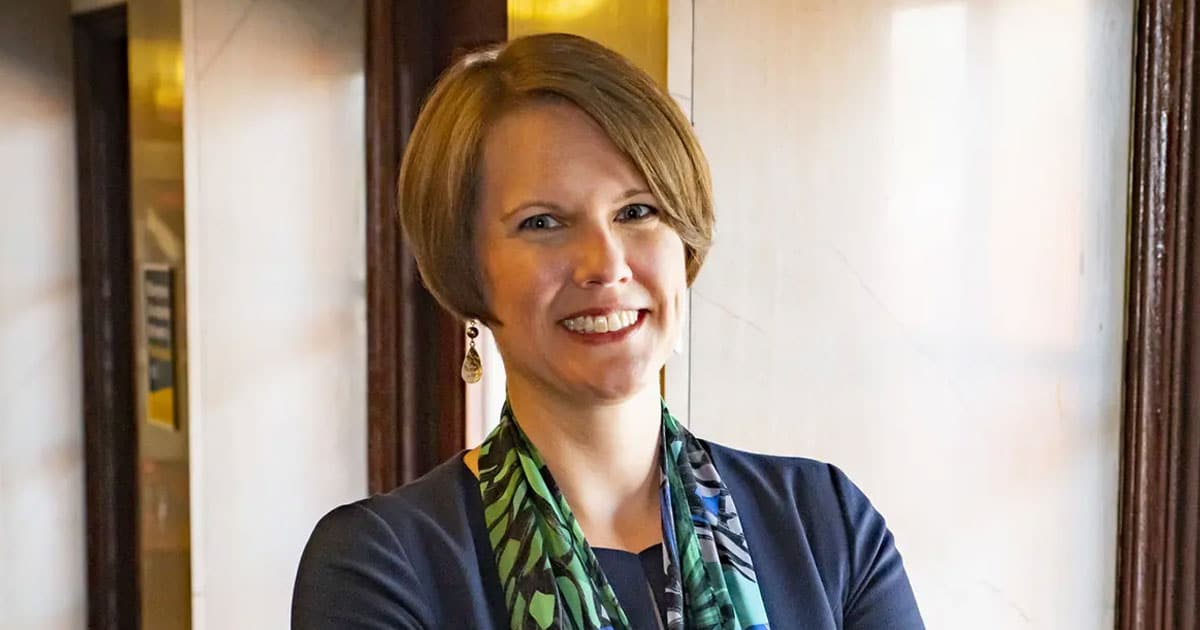Experience in digital equity
Leonardo da Vinci’s Mona Lisa is easily one of the most famous paintings in the world, which is exactly why New York Times art critic Jason Farago thinks the Louvre Museum needs to take it down—or at least relocate it.
In a 2019 opinion piece, Farago points to La Gioconda’s outsized reputation as a form of blinders, forcing the museum to create signage reminding people they’re literally surrounded by Venetian masterpieces. He flags the 10 million visitors as a very real—and potentially growing—public safety concern. Then there’s the actual viewing experience, which is notoriously disappointing, a reality that leads Farago to say, “No work of art should make people miserable.”
None of this really matters if you’re someone who doesn’t have the means and ability to travel to Paris. But it does highlight a more general issue of accessibility to museum collections. In addition to transportation and the cost of admission, what if you’re someone with mobility issues for whom walking through a museum could be a challenge? Or you live in an “art desert” and don’t have a resource like the Memorial Art Gallery (MAG)?
Arts integration and digital equity
Right now, second-grade educators across the nation can teach from MAG’s digitized collections through Verizon Innovative Learning HQ, which gives them access to 10 lessons for a social studies unit.
This is possible because in the spring of 2022, five University of Rochester seniors—Gina Romanazzi ʼ22, Gevher Karboga ʼ22, Bradley Martin ʼ22, Nefle Nesli Oruç ʼ22, and Yifan Jiang ʼ22—had the idea to work with the MAG on their capstone project for the Undergraduate Program in Digital Media Studies (DMS).
After completing the course and graduating all of the DMS students—with the exception of Jiang, who went on to graduate school at the University of Rochester—continued working on the project. Their work led to a $100,000 Museum Initiative grant, part of a joint project between Verizon and New York University’s NYC Media Lab, to develop and offer new educational content on the Verizon Innovative Learning HQ portal.
Rochester’s winning proposal was for AR-based educational materials, specifically for second grade students. Working in coordination with the MAG and its Expanded Learning Collaboration, the project team worked on writing lesson plans that could be implemented throughout the Rochester City School District. And because of the Verizon portal, these materials are helping to create digital equity among schoolchildren nationwide.
“This project is quintessentially Digital Media Studies at the University of Rochester,” says Stephanie Ashenfelder, director of DMS.
The DMS project is also quintessentially experiential learning, a major component of a goal in the University’s new strategic plan, Boundless Possibility.
Ensuring our graduates enjoy Boundless Possibility
As an institute of higher education, it’s important that our students feel they are building their knowledge base, developing new skills, and growing as people. Books and lectures can only provide so much. Experiential learning embodies the “higher” in “higher education.”
Boundless Possibility aspires to better help our students prepare for their next step—whether that’s continuing their education or starting their careers. This means we’ll be further integrating experiential learning into our undergraduate and graduate programs and creating opportunities for this kind of learning to occur in extracurricular experiences.
goal addressed
Related updates
A first-of-its-kind collaboration between URochester and Wegmans makes meals easy.
President Sarah Mangelsdorf reflects on the University of Rochester’s strong progress, campus growth, and resilience heading into 2025–26.
Meet Rachel Roberts, Eastman School of Music’s dynamic leader inspiring boundless innovation in music and education.
